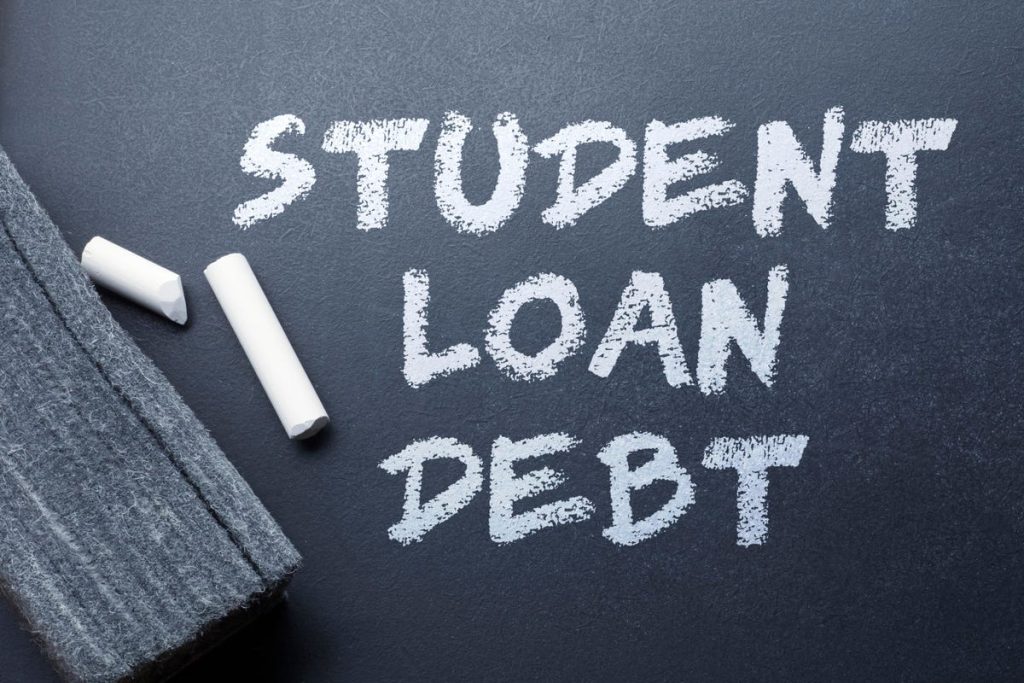As a college student, you probably have a huge amount of student loan debt. In order to pay off this debt, you must earn a certain amount of money and meet specific requirements. If you do not meet those requirements, there are still some options available. For instance, you may be able to qualify for a program that gives you the option of having your loan forgiven. The public service loan forgiveness program is run by the United States government. This program helps you escape the burden of your student loan debt by forgiving a portion of your loan if you serve in full-time public service.

Those who attend a school that closed down may be able to qualify for a loan discharge. The requirement is that you left the school within 120 days without graduating. To apply for this, contact your loan servicer. You must continue making payments during this period, but once you have been approved, you can stop making repayments. If you’ve missed several payments, you may be able to get a refund for them. You should always contact your loan servicer if you are having trouble making payments.
In addition to forgiving your student loan debt, you can also apply for income-based repayment programs to make your payments easier. Some programs will forgive your student loan debt even if you complete your education. If you were under the age of 18 when you received the loan, however, you may qualify for income-based repayment plans. Those options are available to anyone, but many people do not qualify for them. If you qualify, you can make an income-based repayment plan.
While it is true that you can receive forgiveness from your federal student loan, it is important to remember that you will be required to attend entrance counseling and complete a promissory note to complete it. Forgery is a very real problem and if your loan was forwarded to a third party, the person who forged it will be responsible for the charges. This can make it difficult for the borrower to make payments. Thankfully, this will no longer be the case.
Income-driven repayment plans are also available to those with higher incomes. These plans require you to make payments based on a certain percentage of your discretionary income, such as your salary. These plans can be flexible enough that you can apply to forgive your entire loan, while still paying back the remainder of your outstanding debt. These plans are also available to those who are still in school. The downside of income-driven repayment plans is that you may have to make payments for twenty to 25 years.
You may qualify for federal student loan forgiveness if you have certain types of jobs. However, you must be employed by a government agency, state or local government, or a nonprofit organization. Additionally, if you have a dependent, the loan is discharged when the parent dies. If you have more than one job, you can apply for a Direct Loan to consolidate all of your debts. If you have more than one job, you must meet the qualifying requirements of both jobs.
The President and Vice President Biden’s decision on student loan forgiveness could help millions of Americans. While it would be great if the President had the power to cancel all federal student loans, the implications are complicated. Whether or not the policy actually reduces the cost of college are important considerations. Further, if the government wants to make this a permanent policy, it should also be more progressive than it is now. For example, if a college student has earned less than $10,000 per year, the government would need to provide a greater amount of forgiveness.
However, there are also other ways to get federal student loan forgiveness. The Public Service Loan Forgiveness program, or PSLF, allows qualified borrowers to get a full refund of their student loans if they are employed for at least ten years by a public service employer. However, there is still a high requirement for applying for PSLF. And borrowers must submit their Employment Certification Form on a regular basis to qualify. A successful PSLF application will take up to three years to be approved. A recent study has found that about half of all federal student loan borrowers will enter forbearance by the third quarter of 2020. This pause in repayment was made possible by the Coronavirus Aid, Relief, and Economic Security Act. President Biden has extended the pause multiple times. The current pause in repayment is set to last until August 31, 2022. This means that less than one percent of federal student loan holders will ever make payments